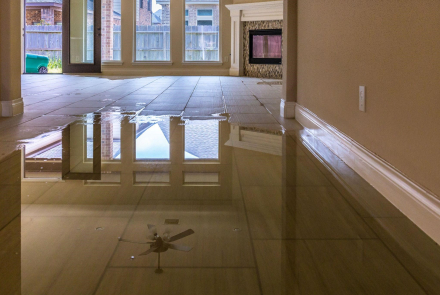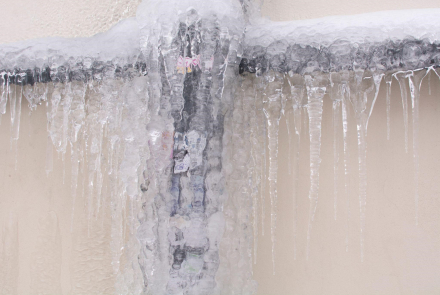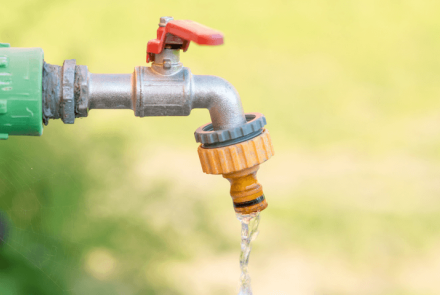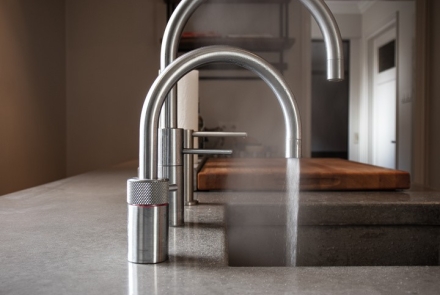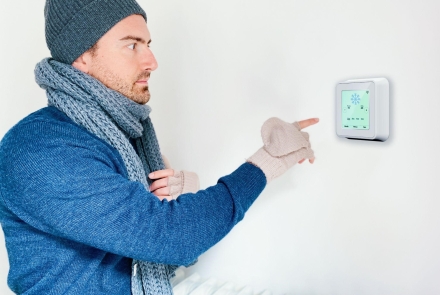Mold toxicity in a plumbing system can pose serious health risks and property damage. It's essential to be aware of the signs of mold toxicity and take action to resolve any issues as soon as they arise. In this blog, we discuss the dangers of mold toxicity and the signs to look for in your home's plumbing system. We will also inform you on how to resolve mold-related problems.
Dangers of Mold Toxicity
Mold growth in your home's plumbing system can lead to various health issues. These health issues tend to be worse for those with allergies, asthma, or weak immune systems. Exposure to mold can cause a wide range of symptoms. Common symptoms include coughing, wheezing, nasal congestion, throat irritation, and skin rashes. Mold can also damage your home's plumbing system and building materials. This can lead to costly repairs and maintenance bills.
Signs of Mold Toxicity in Your Home's Plumbing System
Here are some common signs that mold may be present in your home's plumbing system.
- Unpleasant odors. Musty or earthy smells, particularly near pipes, drains, or faucets, can be a sign of mold growth.
- Visible mold. Black, green, or brown spots on walls, ceilings, or around plumbing fixtures may be mold.
- Water damage. Look for discoloration, peeling paint, or bulging surfaces near pipes or fixtures. It can be signs of water damage, which often leads to mold growth.
- Persistent plumbing issues. Slow drains, frequent clogs, or leaks can create a damp environment. These all encourage mold growth.
- Health symptoms. If you notice unexplained respiratory issues or allergic reactions, you could have mold.
Resolving Mold Toxicity in Your Home's Plumbing System
If you suspect mold toxicity in your home's plumbing system, follow these steps. Inspect your home, focusing on areas near plumbing fixtures, pipes, and drains. Look for visible signs of mold or water damage. If you're unsure if you have a mold problem, consider hiring a professional mold inspector. Fix any leaks, clogs, or other plumbing problems that may be contributing to mold growth. Regular maintenance and timely repairs can help prevent future mold issues.
If you find small areas of mold (less than 10 square feet), you can clean them yourself. Use a solution of water and mild detergent. For larger areas or if you're unsure how to clean the mold, hire a professional. Maintain indoor humidity levels between 30-50% by using dehumidifiers or air conditioners. Ensure proper ventilation in bathrooms, kitchens, and laundry rooms to reduce moisture buildup. Keep your home clean and dry and address any water damage or plumbing issues. Use mold-resistant building materials in areas prone to moisture like bathrooms or a basement.
Conclusion
Mold toxicity in your home's plumbing system is a serious issue. It can have a significant impact on your health and your finances. It's vital to stay vigilant for signs of mold growth and address plumbing problems as they arise. Maintain a clean, dry living environment to protect your health and your home. If you suspect mold toxicity in your home's plumbing, contact our plumbing professionals. We can help to ensure a safe and healthy living space.


